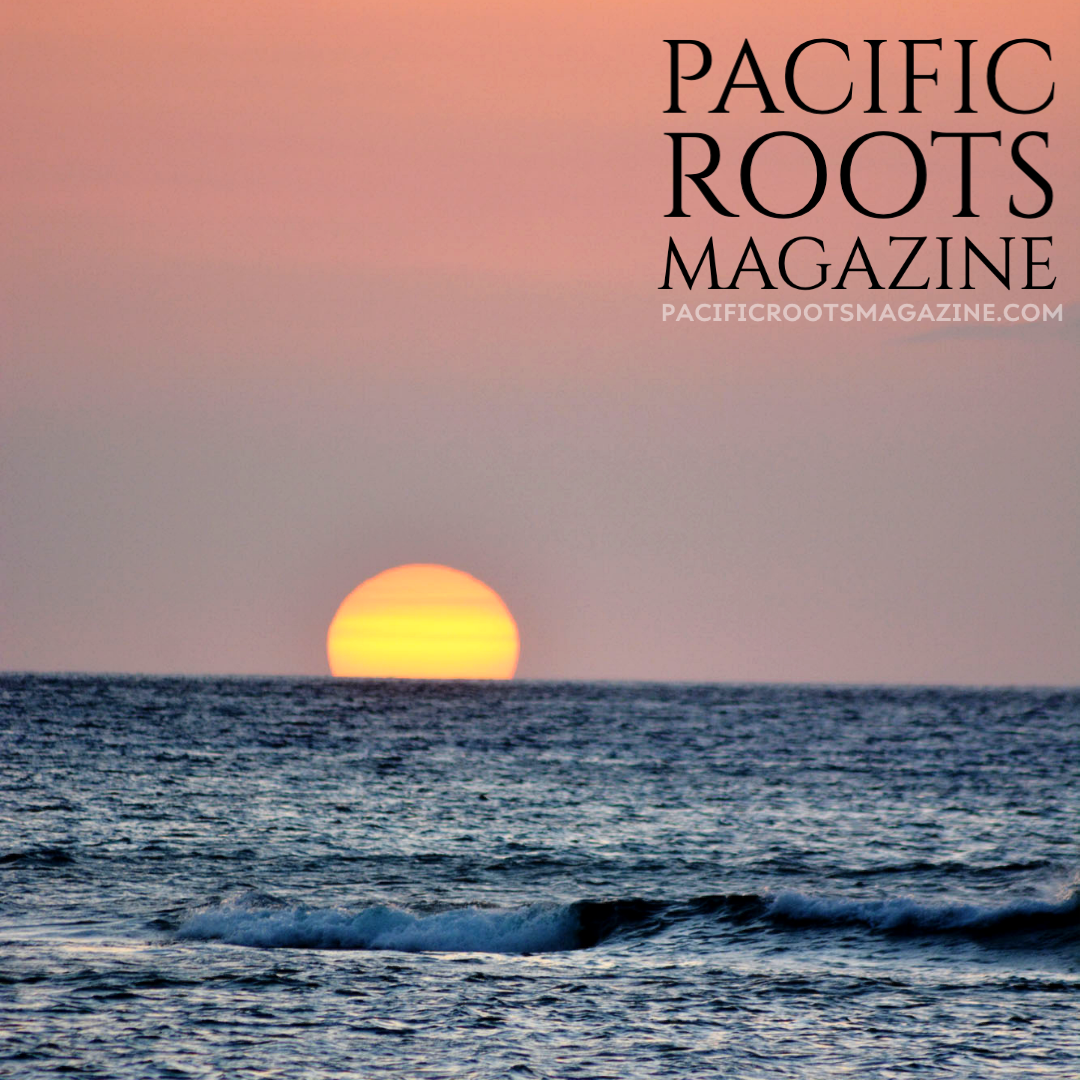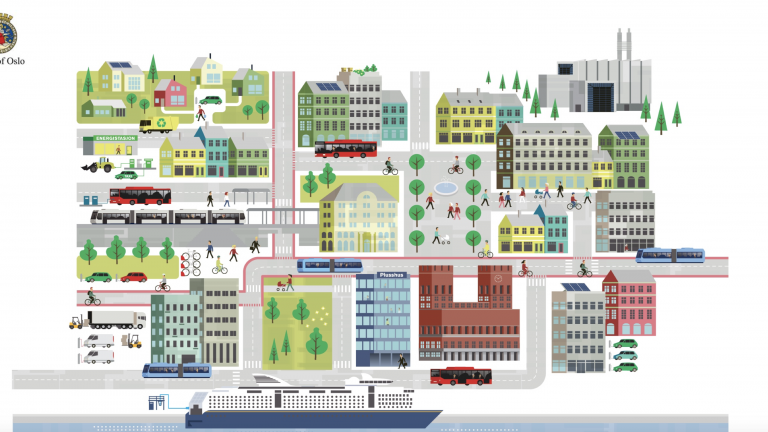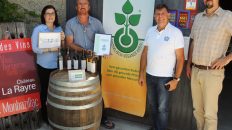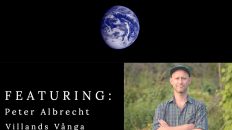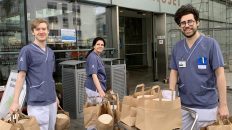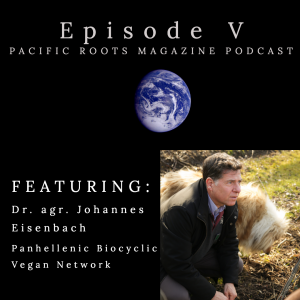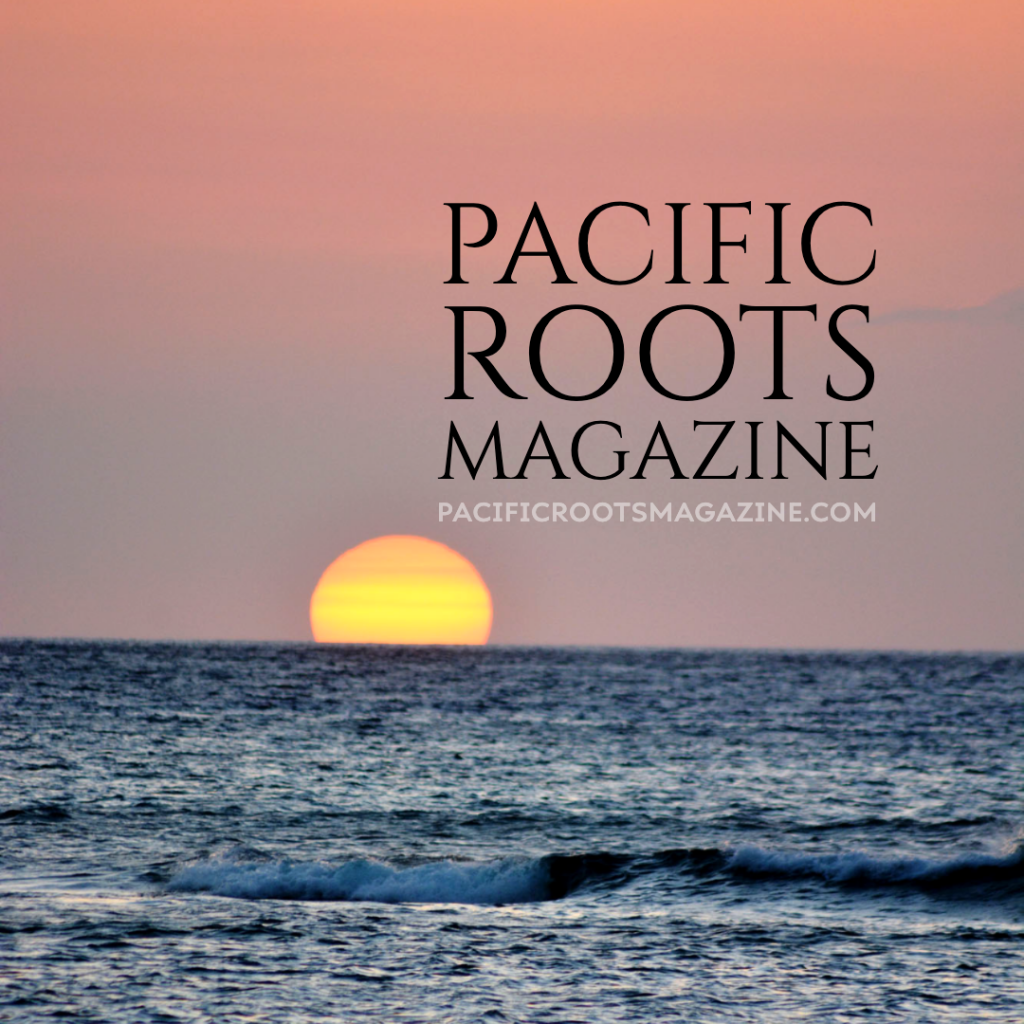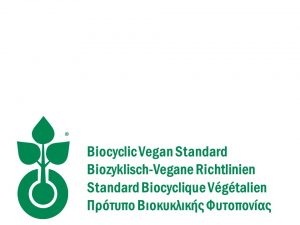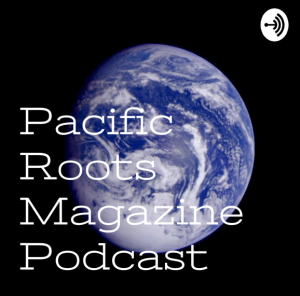“We’re making a better city for everyone.” -Marianne Alfsen, Head of Communications for Oslo European Environmental Captial
Here at Pacific Roots Magazine we look forward to featuring ongoing coverage of ecological city initiatives and green urban projects. With that in mind, we are excited to include in our site launch an introductory piece on Oslo and the attributes that contribute to the ecological, economic and social health of Norway’s beautiful capital. It is also fitting to feature Oslo in our launch this year as the city is currently the European Green Capital of 2019.
In June 2019, Pacific Roots Magazine had the opportunity to sit down and chat with Marianne Alfsen, Head of Communications for Oslo European Environmental Capital 2019 (Office of the Governing Mayor, The City of Oslo) and learn more about Oslo’s dynamic environmental and urban profile.

Marianne worked as a journalist for many years before shifting, ten years ago, to consultancy work. She now works in that role with a range of themes including refugees, human rights, green and environmental issues and more. As a former journalist, storytelling is an inherent element of her work now as a consultant. The expertise inherent in storytelling is finding that trigger story that makes you lean forward- in Marianne’s case, these stories connect to individuals and projects all over Norway’s capital that are dedicated to improving the quality of life on multiple levels.
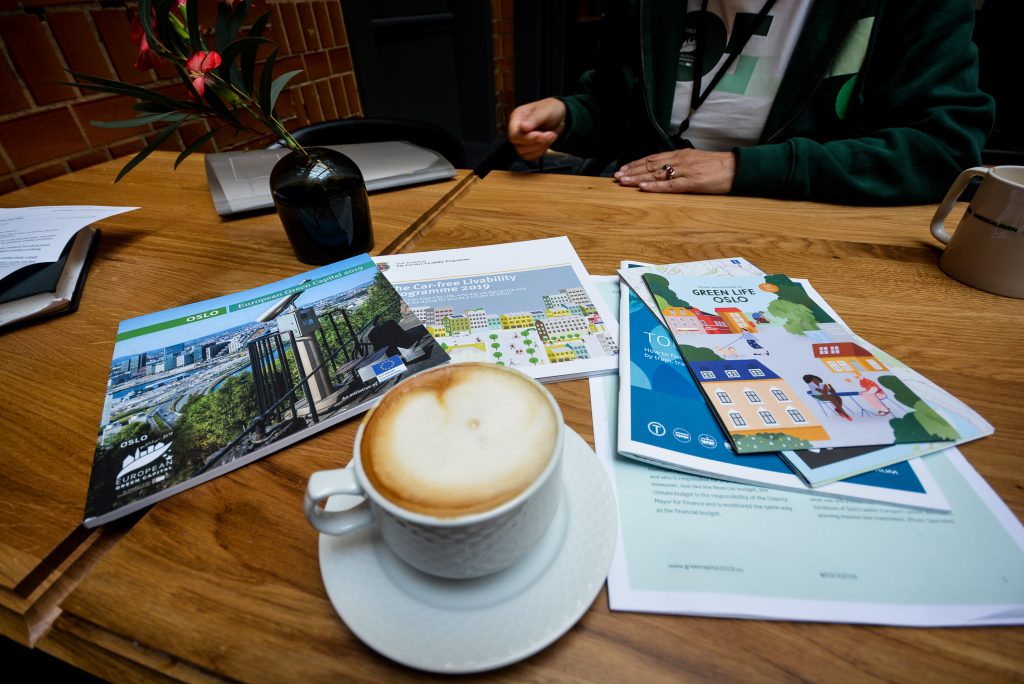
As we chatted at length over coffee, Marianne deftly wove together multiple threads of storytelling about developments in the city and environmental facts:
- The 10 rivers that flow down from the forest into the fjord basin and are a defining feature of Oslo and the restoration of health of the waterways in recent years
- Hovinbekken: a favorite green project of Marianne’s where red listed birds have re-established habitat, an area of new habitats to a myriad of plants and other animals as well as an area where trout have begun to newly and naturally migrate to.
- 60% of Oslo city is forest! The Norwegian capital has the highest biodiversity in all of Norway with over 15,000 species.
- Numerous urban farming projects (stay tuned for future features!)
- Losæter: A waterfront area that started off as a community arts project and was taken over by the municipality which utilizes the urban wasteland for growing vegetables and social projects. The city employs farmers to work there and the public can also take part in weekly communal dinners.

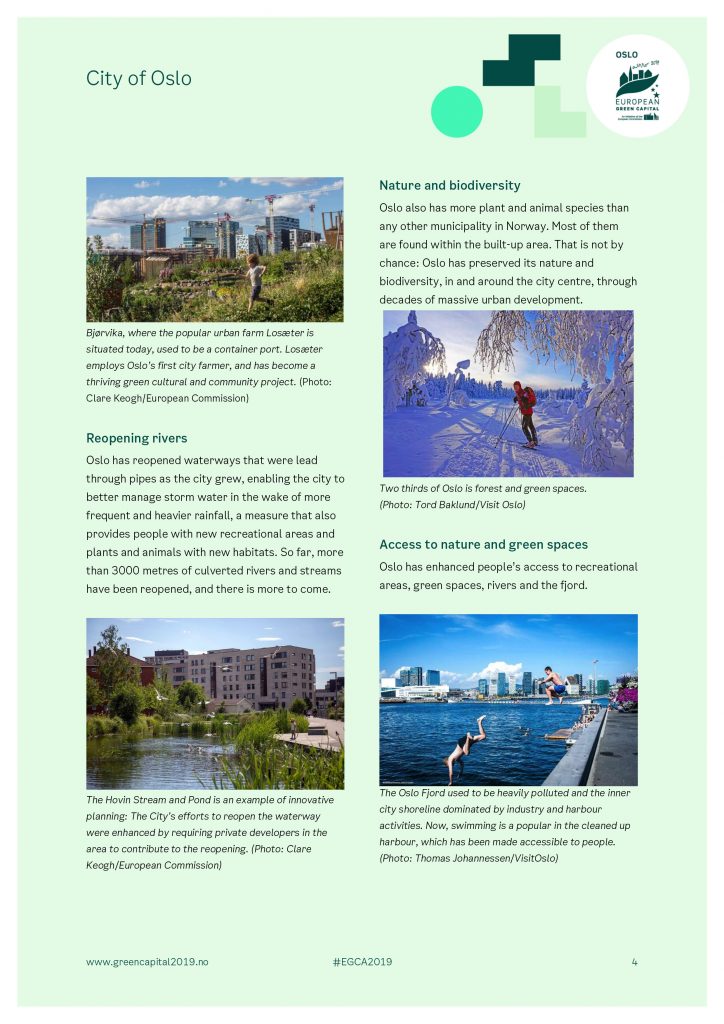
“I love the projects that are both green and have a social dimension.” -Marianne Alfsen

This is what I feel I bring to the municipality- the storytelling. Marianne Alfsen
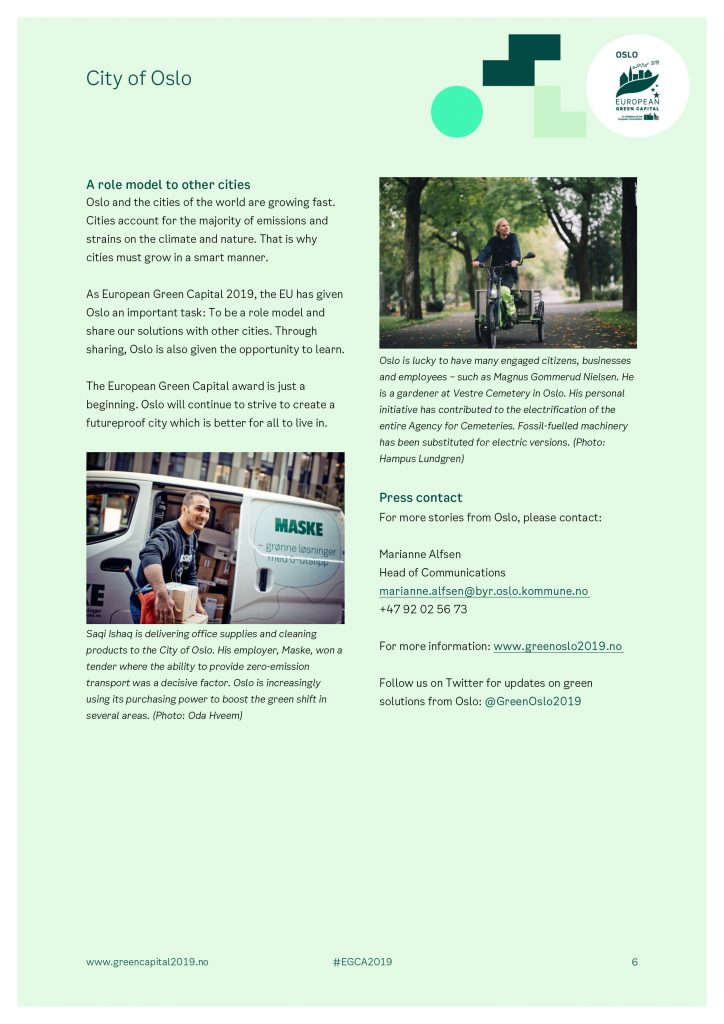
Among Oslo’s many features that contribute to ecological mindedness of the city and it’s citizens as well as why it was named the European Green Capital of 2019 are the following:
-The conservation of natural areas and restoration of the waterway network as well as habitat. Oslo has managed to preserve its nature and biodiversity, in and around the city centre, through decades of massive urban development. Oslo has also reopened waterways that were lead through pipes as the city grew, enabling the city to better manage stormwater, as well as creating new recreational areas for people and new habitats for plants and animals.
– The city’s plan to cut emissions by 95 % by 2030. Oslo is not planning to become carbon neutral, which means you can buy quotas and offset emissions elsewhere, but to cut actual emissions in Oslo.
-Promoting zero emissions transport.
-Oslo as the ‘Electric Vehicle Capital of the World’. As of the first quarter of 2019, 71 % of all new cars sold in Oslo were electric vehicles!
-Introduction of car free zones
-Improvement in cycling, walking and public transport infrastructure
-Promotion of the city’s “circular economy”, both in the sense of growth of jobs in this area as well as development. For example, biogas produced from bio-waste and city sewage is used to fuel city buses and waste trucks.
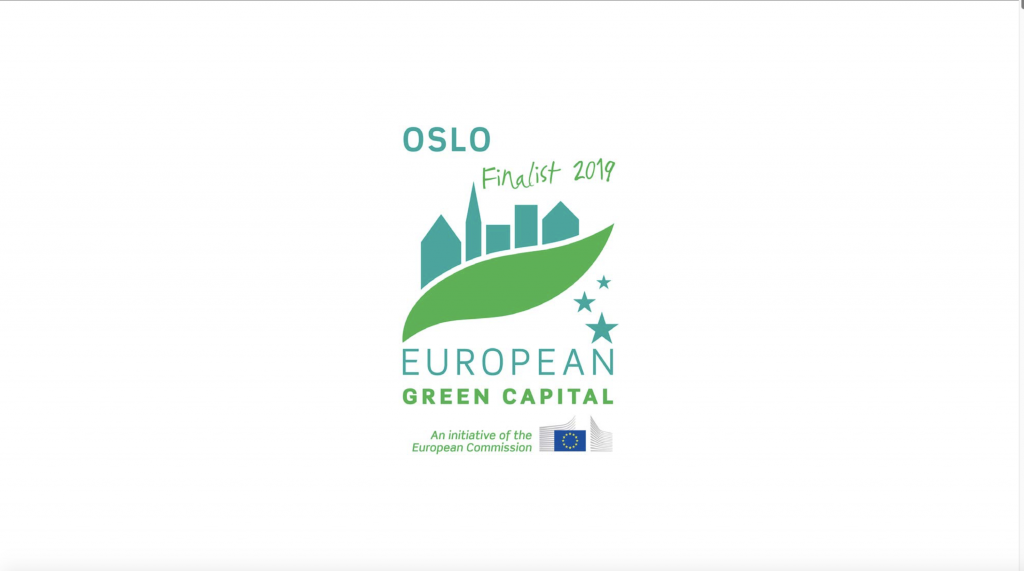


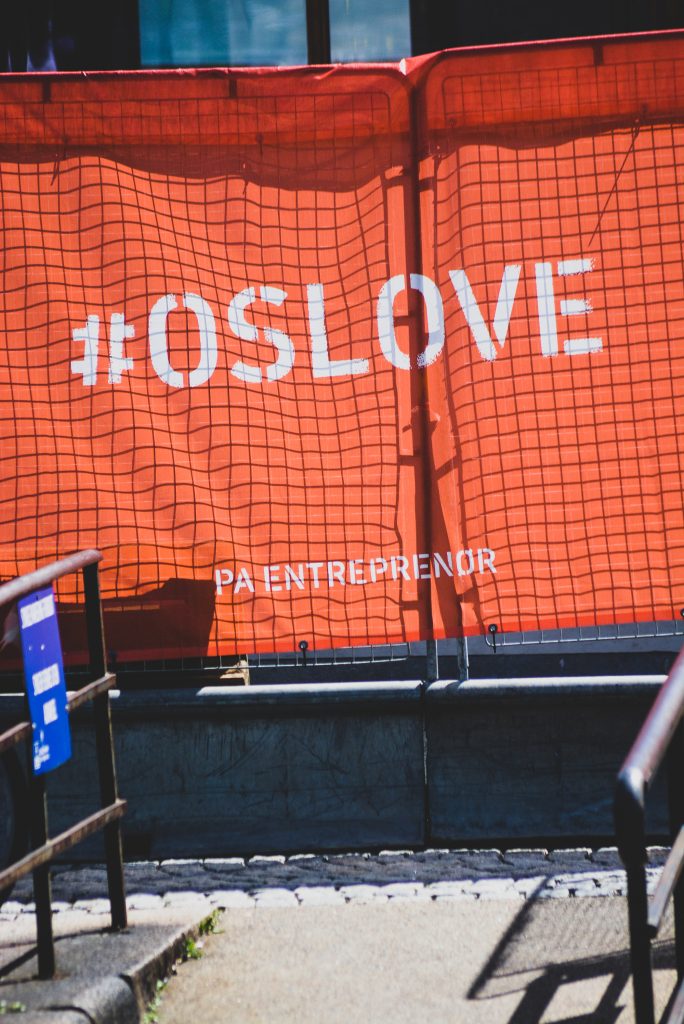
Marianne’s passion for the work she does and for the city itself were so readily apparent and inspiring. But it was something in particular she said that also captured the essence of what Oslo is- and here at Pacific Roots Magazine we are and will continue to be devoted to that aspect of soul of place. “In Winter I can go 20 minutes away and ski in the forest and come home the same night, put on my high heel boots and go to a great club in town,” she noted. The flexibility of a clean, vibrant city core surrounding by forests and waterways teeming with life is something to indeed be respectful of and take honor in guardianship for.
We look forward to more coverage of you Oslo!
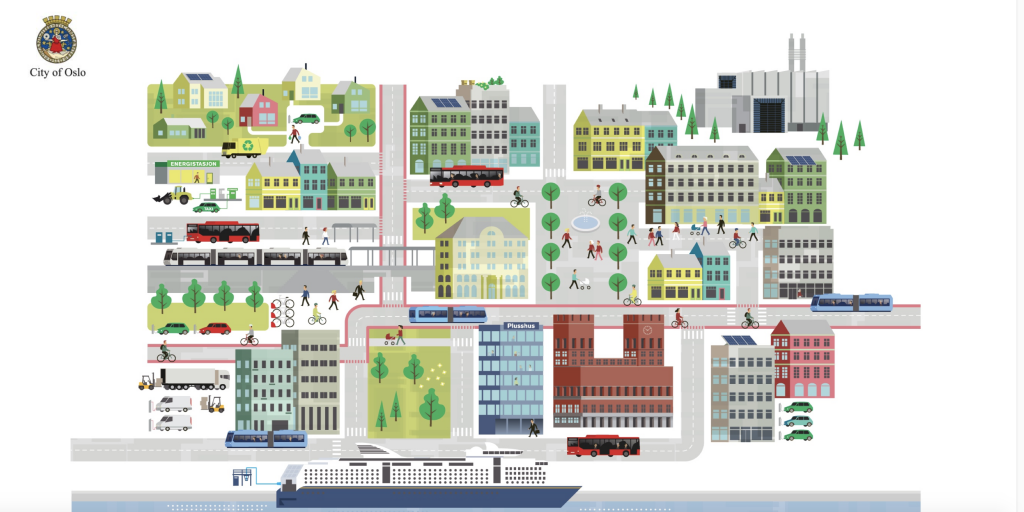
For more stories from Oslo, please contact:
Marianne Alfsen, Head of Communications marianne.alfsen@byr.oslo.kommune.no
www.greencapital2019.no
Instagram:@miljohovedstaden
Twitter: @GreenOslo2019
Feature & Interview by Annika Lundkvist at Pacific Roots Magazine Editorial Desk
